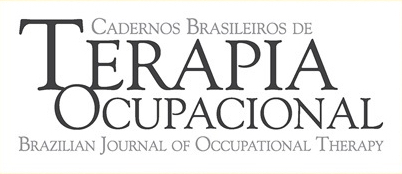Students’ perception of high-fidelity clinical simulation in preparation for healthcare practice. A cross-sectional study in occupational therapy
DOI:
https://doi.org/10.1590/2526-8910.cto400138903Keywords:
Occupational Therapy, Simulation Exercise, Professional Training, Professional CompetenceAbstract
Introduction: High-fidelity clinical simulation constitutes a fundamental tool in Occupational Therapy education. However, evidence regarding Occupational Therapy students’ perceptions of the use of clinical simulation in their preparation for professional practice remains limited. Objective: To describe the perception of fourth-year Occupational Therapy students at the University of Chile regarding the implementation of high-fidelity clinical simulation in the preparation for healthcare practice in 2024. Methodology: Quantitative, cross-sectional, and descriptive study. Sixteen undergraduate students enrolled in the course “Integrated Practice IV in Health” in Occupational Therapy participated, selected through convenience sampling. The participants signed an informed consent form and completed an anonymous questionnaire. A univariate descriptive analysis was performed for quantitative data, and content analysis was applied to open-ended responses using IBM SPSS Statistics v.25. Results: Students expressed high satisfaction with the information received (81.3%), the advance planning of the scenario (87.5%), and the initial meeting with the professor (81.3%). Most students felt they were able to apply the therapeutic skills they had learned (87.5%) and found the scenario appropriately challenging (68.8%). Additionally, 75% stated that the debriefing strengthened their learning, highlighting a respectful and collaborative environment with the evaluation committee (100%). Conclusions: Student perceptions of high-fidelity clinical simulation are favorable, as they believe it improved their preparation for healthcare practice, promoting the understanding and application of therapeutic skills.
Downloads
Published
How to Cite
Issue
Section
License
Copyright (c) 2025 The Authors

This work is licensed under a Creative Commons Attribution 4.0 International License.


